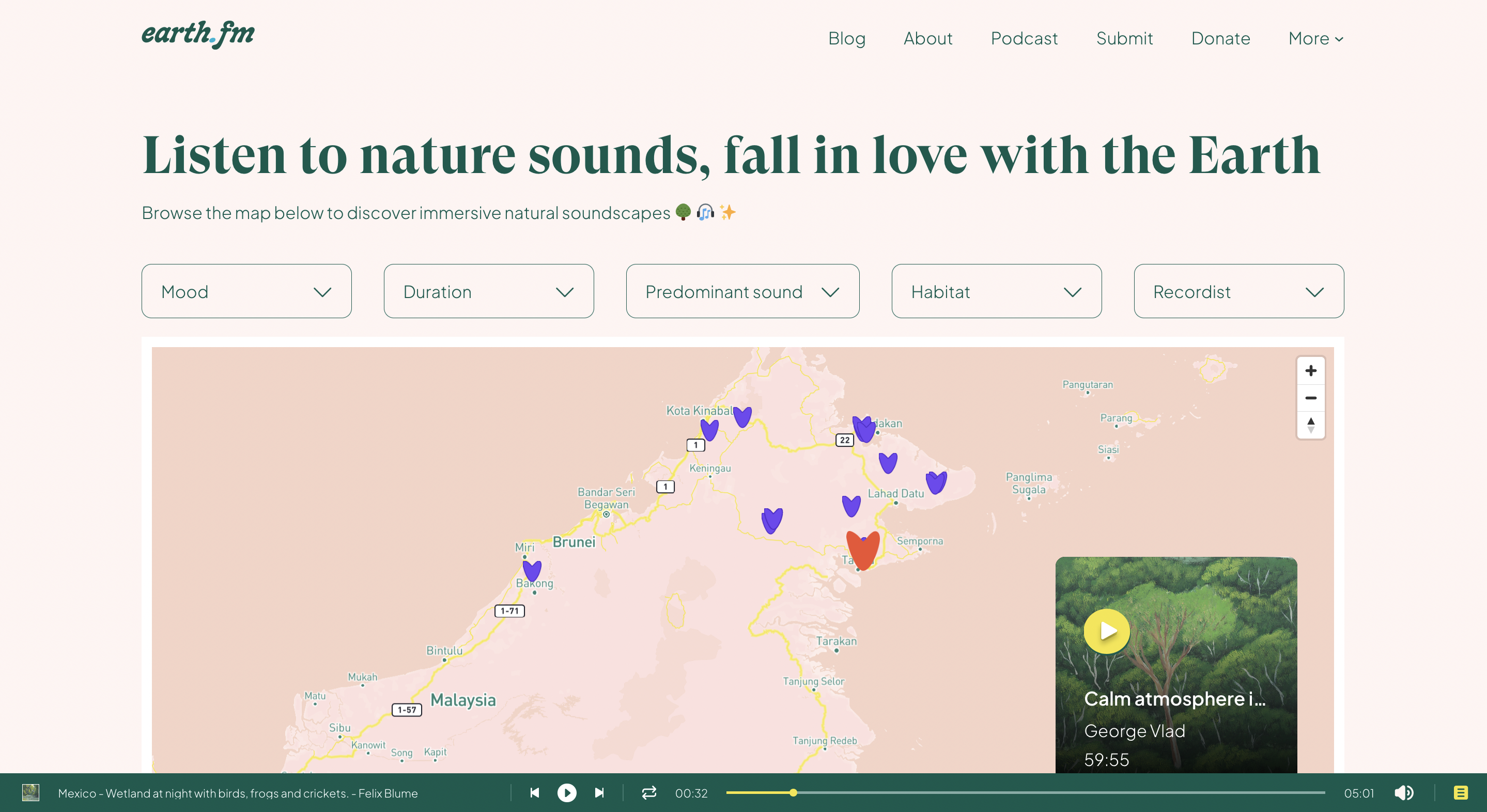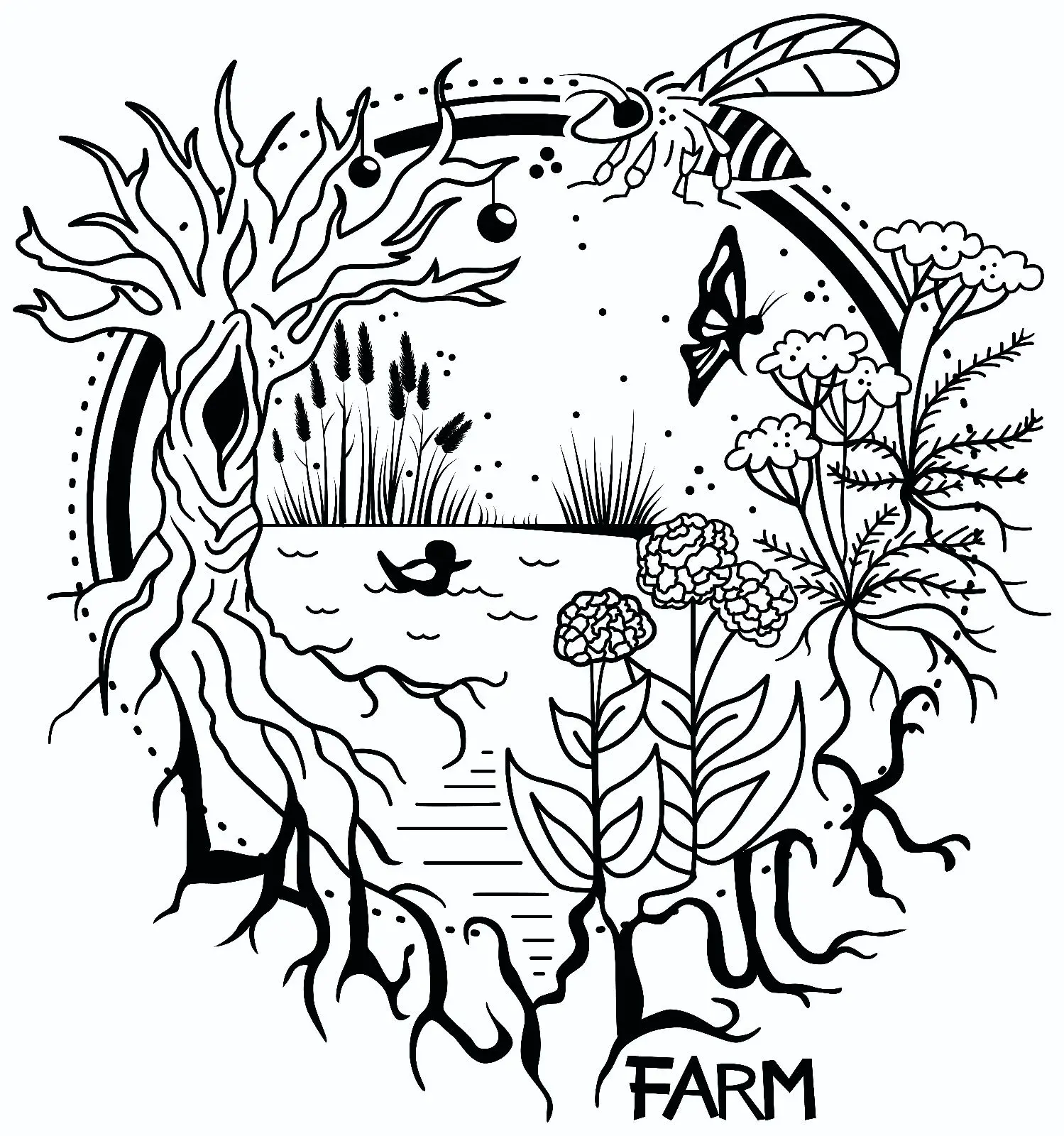- Observe and Interact
- Catch and Store Energy
- Obtain a Yield
- Apply Self-Regulation and Feedback
- Use and Value Renewables
- Produce No Waste
- Design from Patterns to Details
- Integrate Don’t Segregate
- Use Small, Slow Solutions
- Use and Value Diversity
- Use Edges and Value the Marginal
- Creatively Use and Respond to Change
You must log in or # to comment.
The linked article is a cute write up but it definitely glossed over the section describing what permaculture is, which is an iterative design methodology. While commonly applied to horti and agricultural projects, the emphasis on analysis and improvement (as well as some of the underlying pattern language) can be applied to most facets of life.
that’s true. it’s not super in-depth, but it’s a pretty good introduction in my opinion
Oh definitely, but I have seen a few too many articles with the same bit missing so I tend to drop a comment for clarity’s sake.



